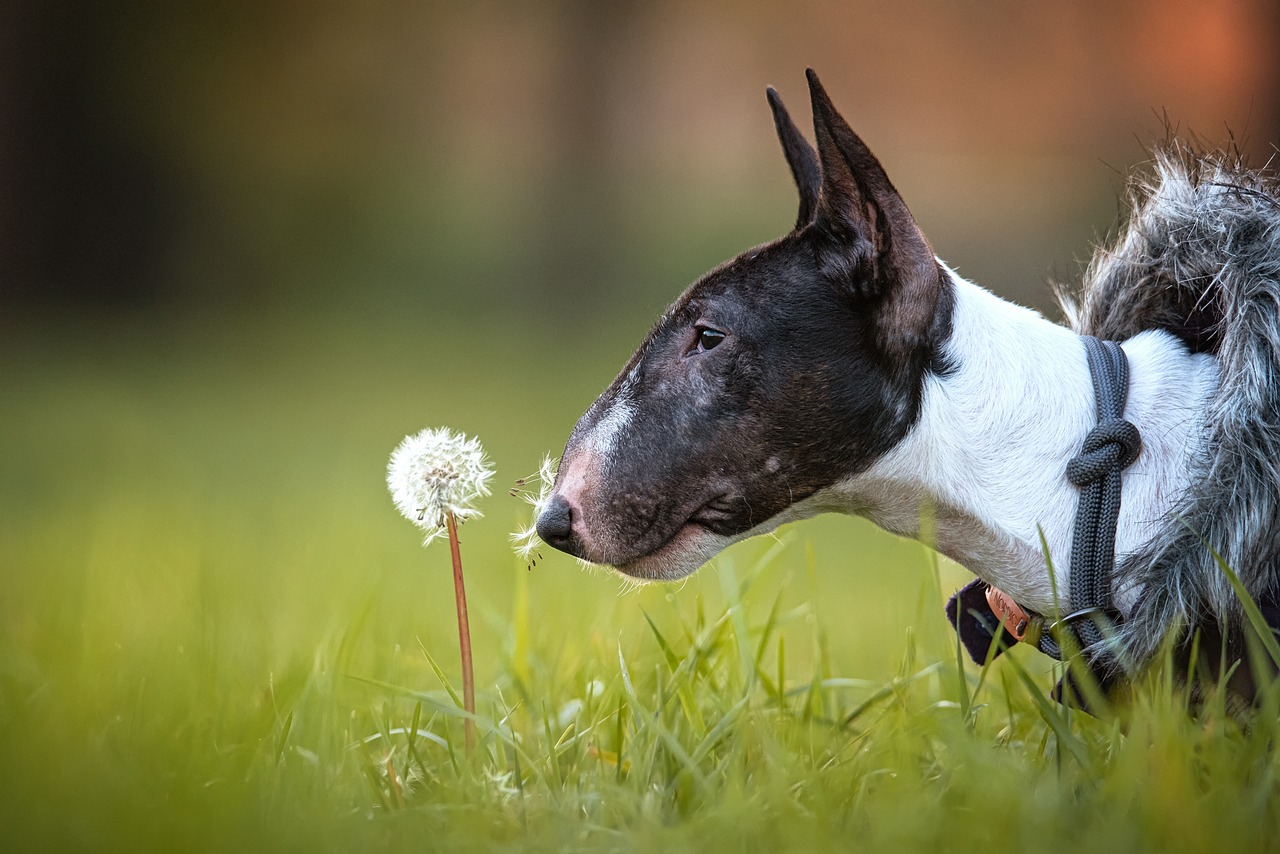
Like people, pets can also suffer from chronic degenerative diseases. The treatment options are often limited, with the focus on relieving symptoms using pain medications for pets.
Your veterinarian may recommend other therapeutic options for your pet.
The use of complementary or alternative therapies in veterinary medicine has increased postoperative success rates, as well as the rate for cases with degenerative spinal issues, disc disorders, dysplasia, and injuries to the cruciate ligament.
Alternative veterinary therapies aim to treat your pet holistically, using an approach that is the whole body.
Complementary therapy treats your pet by treating the disease at its source while keeping you involved with your pet’s treatment.
Complementary therapies are used to treat a variety of conditions.
Dogs can benefit from hydrotherapy
Canine Hydrotherapy can be a good alternative for dogs who have crippling conditions such as osteoarthritis, or ligament injuries.
A dog harness is often used to help your pet maintain an above-water position. A harness may be used to keep your dog above the water. Heat can be applied to the water of the pool in order to relieve muscular pain and discomfort.
Hydrotherapy includes using underwater resistance jets that create a flow for dogs to swim.
Hydrotherapy is an underwater treadmill where the dog works against the current to gain muscle. Moving through water, like water aerobics is easy on the joints but requires muscles to be active.
Hydrotherapy is becoming more popular for dogs because you don’t need a large pool, but a smaller tank.
Pet Chiropractor
According to Dr. Gerald Johnson a holistic vet with years of experience, your pet can sometimes be helped by realigning their body and balancing it using “force equaling acceleration times mass”, according to him. In his clinic, Dr. Johnson uses a range of alternative treatments for his patients.
Dr. Johnson emphasizes that, in order to be able to integrate Chiropractic treatment into a vet’s practice, the veterinarian must possess a thorough understanding of the animal anatomy as well as the “line” of correction and “know the bones.”
“You can feel subtle changes [tactile] when you use chiropractic or massage treatment [on your pet]”, he explains. The veterinarian will use manipulation in chiropractic therapy to realign the bones and make adjustments. Your pet’s health will improve almost immediately. Chiropractic therapy relies on balancing circulation and energy flows in the body. The body will then use its own healing abilities to finish what the manipulation therapy began.
Dr. Johnson says that it is common to need several adjustments in order to treat the joint because of its memory.
Pet Acupuncture
What is the process of pet acupuncture? According to Dr. Johnson, an acupuncture needle can be used either to open blocked energy flows or to reduce energy flow when it is too high in a particular area. Acupuncture is used to balance yin-yang meridians, which run across the body.
A needle is placed in key points [to] stimulate the point and another area. He explains that [acupuncture] can be used to block the switch that causes the pain, or it can interrupt the nerve supply.
Acupuncture is most commonly used to treat arthritis in pets. Dr. Johnson is well-versed in acupuncture and has used it to treat a wide range of conditions for pets, from skin conditions to heart problems to neurological issues (such as seizures).
There are a number of complementary treatments that can be used to help your pet with chronic pain. The treatments are designed to speed up the recovery process after surgery, improve mobility and, most importantly, make your pet feel better.
Speak to your vet about the many options that are available for your pet. Sometimes, the best treatment is a combination of different types of medicine.